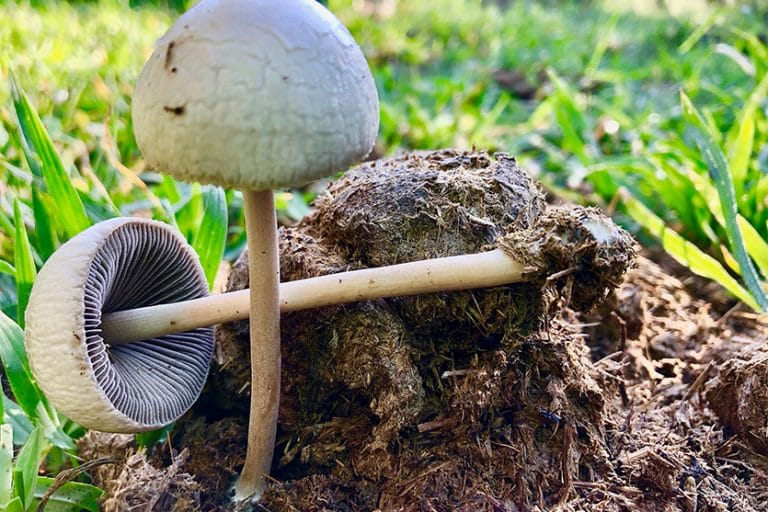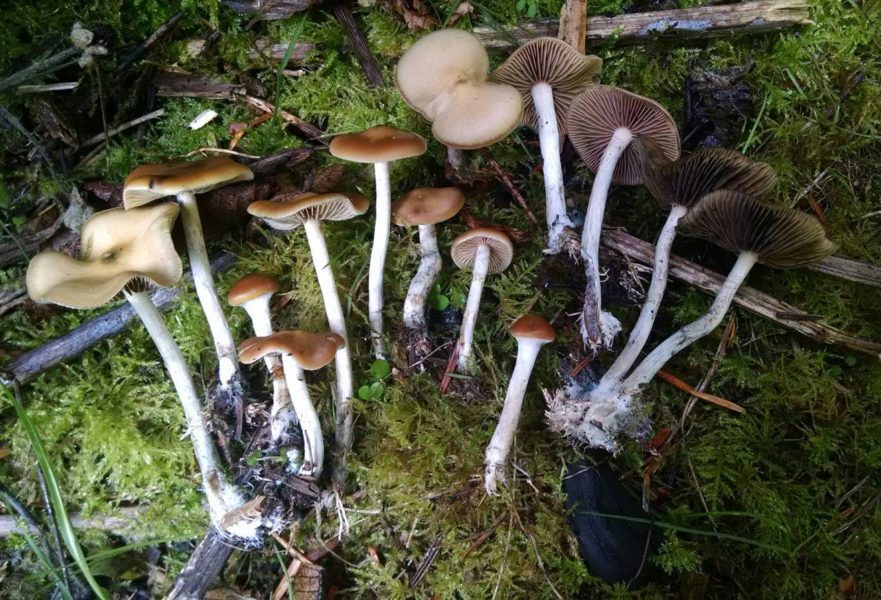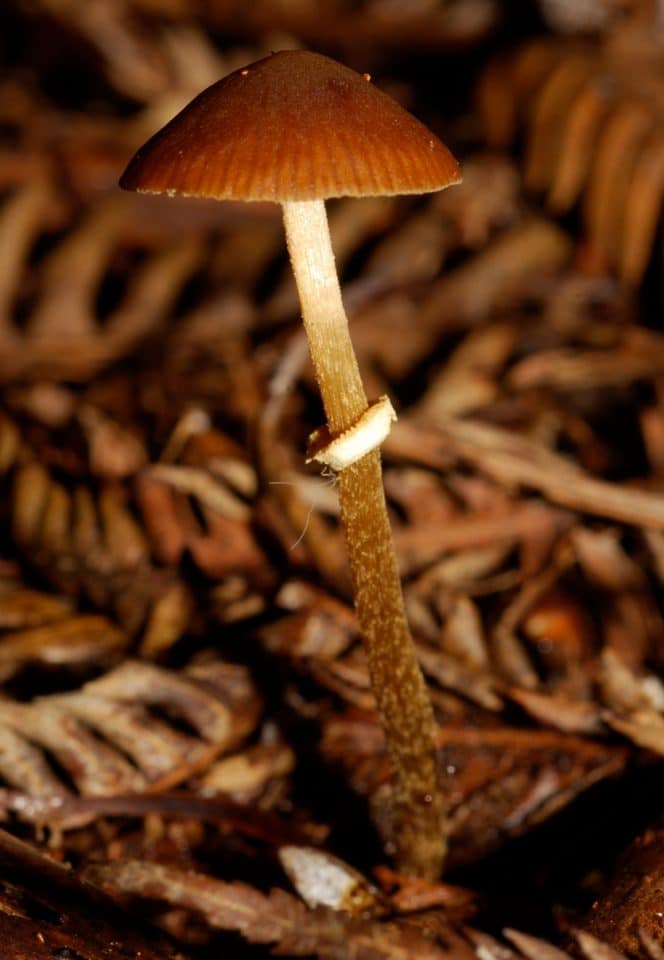sex games australia
how to get experience points on meet n fuck club
shouldn"t have to fuck for free
disney land and sea vacation sweepstakes
big tit british milf fuck
best place to find a fuck partner in fredericksburg va
free rpg meet and fuck games
meet army singles free
2016 verizon super bowl sweepstakes
singles meet manila 2016
Panaeolus cyanescens, also known as the blue meanie, is a highly sought-after psychedelic mushroom. It is known for its potent hallucinogenic effects and its distinct blue bruising. However, there are several look-alike species that can easily be mistaken for Panaeolus cyanescens. In this article, we will explore these panaeolus cyanescens look-alikes and discuss how to differentiate them from the real deal. 1. Panaeolus cinctulus: Panaeolus cinctulus, commonly known as the banded mottlegill, is often mistaken for Panaeolus cyanescens due to their similar appearance. Both species share a similar size, color, and habitat. However, a key difference lies in their spore color. Panaeolus cinctulus has dark purplish-brown spores, while Panaeolus cyanescens has black spores. Additionally, Panaeolus cinctulus does not exhibit the characteristic blue bruising that is associated with Panaeolus cyanescens. 2. Panaeolus fimicola: Panaeolus fimicola, commonly known as the haymakers mushroom, is another look-alike species that can be easily mistaken for Panaeolus cyanescens. These mushrooms are similar in size, color, and habitat. However, Panaeolus fimicola lacks the blue bruising and has light brown spores, unlike Panaeolus cyanescens. 3. Panaeolus tropicalis: Panaeolus tropicalis, also known as the tropical mottlegill, is a look-alike species that shares similar characteristics with Panaeolus cyanescens. Both species have a similar appearance, including size, shape, and color. However, Panaeolus tropicalis has brown spores and does not exhibit the blue bruising that is characteristic of Panaeolus cyanescens. Differentiating between these look-alike species and Panaeolus cyanescens can be challenging, especially for novice mushroom hunters. However, there are several key features to look for to accurately identify Panaeolus cyanescens: 1. Blue bruising: One of the most distinctive features of Panaeolus cyanescens is its blue bruising. When the mushroom is handled or damaged, it will turn blue due to the presence of psilocybin, the compound responsible for its psychedelic effects. This blue bruising is a reliable indicator that you have found Panaeolus cyanescens. 2. Spore color: While some look-alike species may resemble Panaeolus cyanescens in appearance, their spore color can be a telltale sign of their true identity. Panaeolus cyanescens has black spores, whereas most look-alike species have brown or purplish-brown spores. 3. Habitat and substrate: Panaeolus cyanescens is typically found in grassy areas, especially those enriched with animal manure. Look-alike species may also be found in similar habitats but may have slight differences in their preferred substrates. Familiarize yourself with the specific habitats and substrates preferred by Panaeolus cyanescens to increase your chances of finding the real mushroom. 4. Microscopic features: For a more accurate identification, it is recommended to examine the microscopic features of the mushroom. Analyzing the shape and size of the spores, presence of cystidia, and other microscopic features can help confirm the identity of Panaeolus cyanescens. It is crucial to exercise caution when foraging for mushrooms, especially those with hallucinogenic properties. Mistakenly consuming a look-alike species can lead to adverse effects or even poisoning. If you are unsure about the identification of a mushroom, it is best to consult an experienced mycologist or avoid consumption altogether. In conclusion, Panaeolus cyanescens look-alikes can easily be mistaken for the real thing due to their similar appearance. However, by carefully examining the presence of blue bruising, spore color, habitat, substrate, and microscopic features, one can accurately identify Panaeolus cyanescens and avoid confusion with look-alike species. Remember to exercise caution and seek expert advice when in doubt to ensure a safe and enjoyable mushroom foraging experience.
Panaeolus cyanescens: The Ultimate Mushroom Guide. Panaeolus Cyanescens Look-Alikes What You Should Know Panaeolus cyanescens, also known as Copelandia cyanescens, is a mushroom in the Bolbitiaceae familysex games australia
. Panaeolus cyanescens is a potent psilocybin mushroom and is similar to Panaeolus tropicalis.. Blue Meanies Mushrooms: A Definitive Guide to Panaeolus cyanescens. Panaeolus cyanescens contains around 0.7% psilocybin and 0.1% psilocin panaeolus cyanescens look-alikes. Psilocybin is the prodrug for psilocin. Once inside the body, psilocybin is metabolized into the active form, psilocin. panaeolus cyanescens look-alikes. Blue Meanies Mushrooms: A Guide To Panaeolus cyanescens - DoubleBlind Mag


how to get experience points on meet n fuck club
. Is there a need to add a buffer to the casing mixture? Can they grown successfully using the PF-Tek method? Do Panaeolus cyanescens need a casing layer? What kind of environment do Panaeolus cyanescens like? Is Panaeolus cyanescens and Psilocybe cyanescens the same mushroom? How do I clone a Panaeolus cyanescens mushroom?. How do I tell the poisonous look-a-likes apart from panaeolus . panaeolus cyanescens look-alikesshouldn"t have to fuck for free
. Hellodisney land and sea vacation sweepstakes
. I might be going hunting where Panaeolus cyanescens apparently grow
big tit british milf fuck
. Panaeolus cyanescens - Wikipedia. Description Cap: 1.5 - 4 cm across, dry, at first hemispheric, expanding to campanulate to convex, with an incurved margin when young. Young caps start out light brown and fade to off-white or light gray at maturity, sometimes with yellowish or brownish tones. panaeolus cyanescens look-alikes. Panaeolus (Copelandia) Spore Syringes - muShrooms.com
best place to find a fuck partner in fredericksburg va
. This mushroom is not a heavy spore depositor but we do our best to load up the syringes with tens of thousands of spores for your microscopic research.. Panaeolus cyanescens - Frshminds. January 21, 2022 No Comments Panaeolus cyanescens By Emily Fewster Panaeolus cyanescens, also better known as blue meanies, are a psilocybin-containing mushroom species named for their blue bruising and famed for their potency and commonality. panaeolus cyanescens look-alikes. Psilocybe cyanescens: The Ultimate Guide to Wavy Capsfree rpg meet and fuck games
. Psilocybe cyanescens is a species of psychedelic mushroom that mainly grows in the Pacific Northwest and parts of Europe and Asia
meet army singles free
. Researchers have identified Panaeolus cyanescens as a variably potent species, with psilocin and psilocybin usually falling between 0.17 to 0.95 percent and 0.16 to 0.19 percent